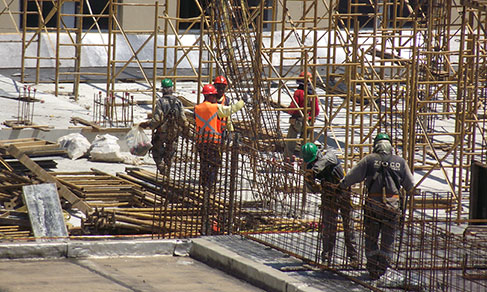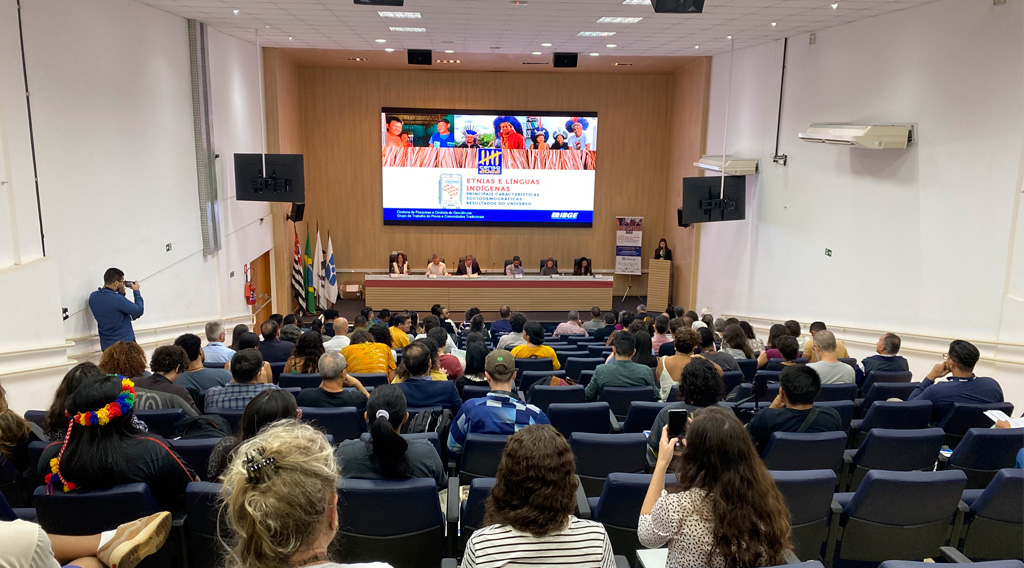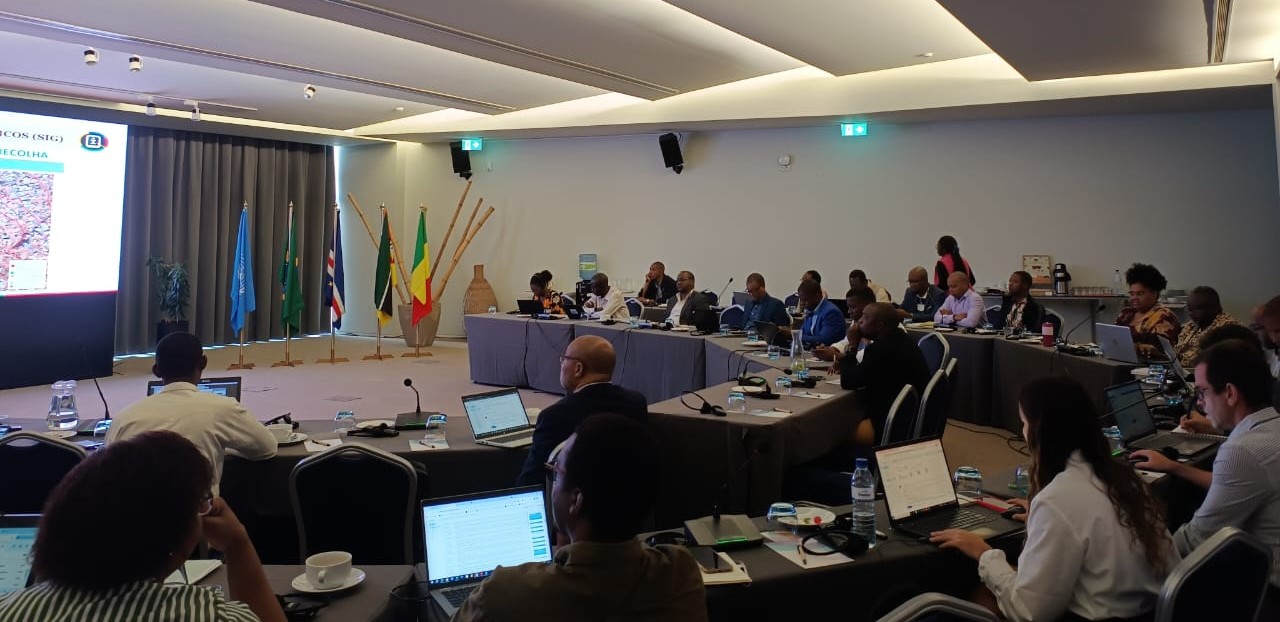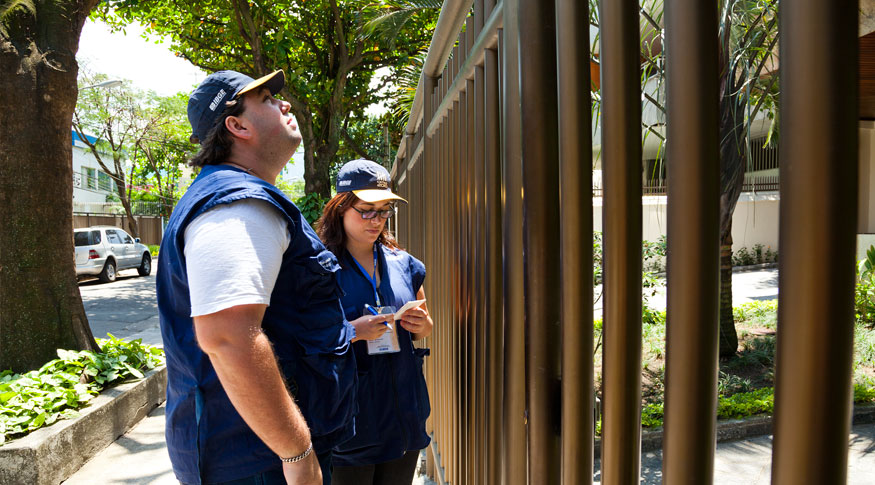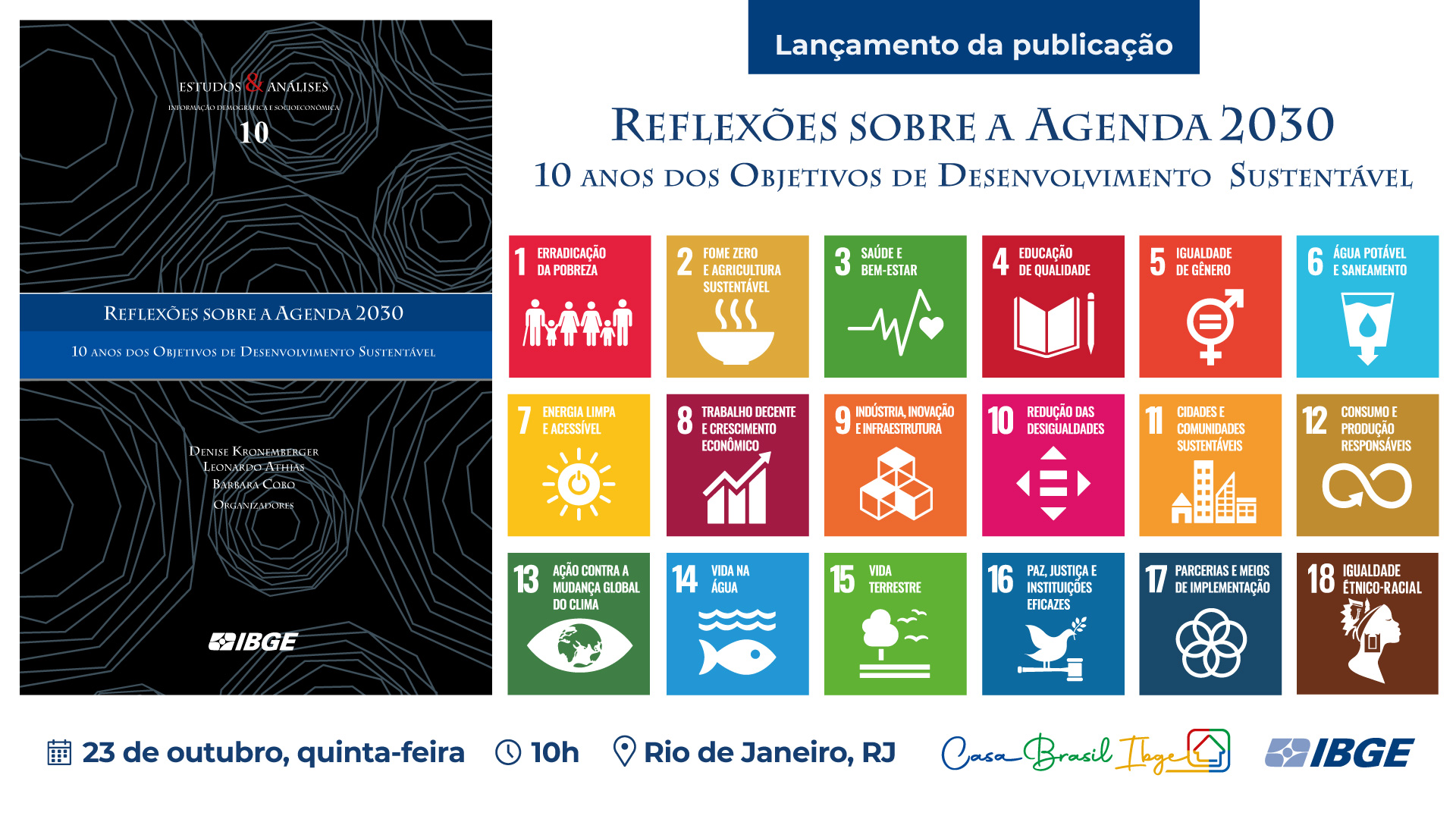Monthly Survey of Trade
Retail sales drop 1.3% in September, second consecutive month of drop
November 11, 2021 09h00 AM | Last Updated: November 16, 2021 04h52 PM
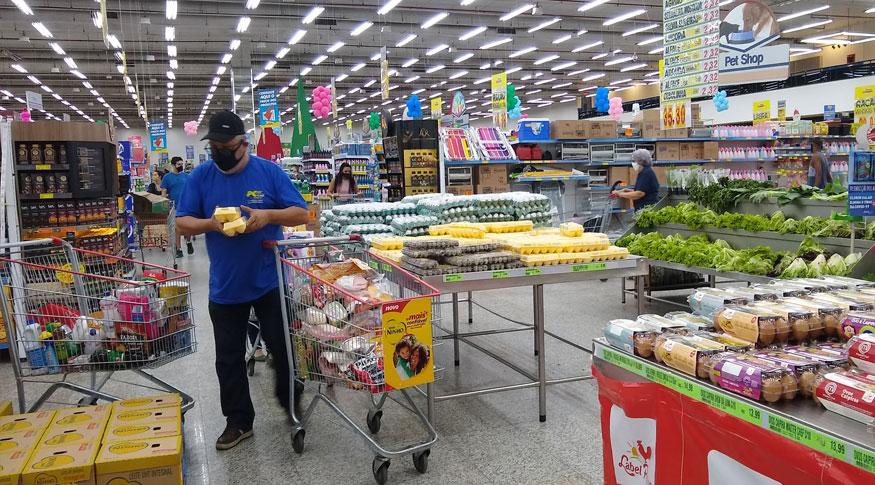
Volume of sales of the retail trade in Brazil retreated 1.3% in September compared with the previous month, representing the second consecutive drop after the highest rise in the year in July, when it rose 3.1%. In the year, the retail accrues a growth of 3.8% and in the last 12 months, of 3.9%. The data are from the Monthly Survey of Trade (PMC), released today (11) by the IBGE.
“The second month of drop comes quite high, though lower than in August (-4.3%). After the major drop in April last year, in the beginning of the pandemic, a quite fast recovery came, taking it to the record level in October and November 2020. Then we had a strong drop in December and two months very close to the same pre-pandemic level up to March, when came a new recovery trend. The sector is very volatile since February 2020,” analyzes Cristiano Santos, manager of the PMC.
He explains that the volatility has different factors for each one of the peaks. They were three negative peaks since February 2020 (April 2020, March 2021 and September 2021) and at least two peaks of rises (October and November 2020 and July 2021).
“In the last one, in September 2021, inflation is the key factor. It becomes clear when we compare a drop of 1.3% in volume and the change of -0.2% in the revenue, stable. Inflation is the component that presses volume downward. Goods rose their prices. For example, in fuels and lubricants, the revenue was -0.1%, completely stable, and volume dropped 2.6%. The same happens with hypermarkets and supermarkets, which changes from 0.1% in revenue to -1.5% in volume. Yet, the same factor can not be applied to fabric, apparel and footwear, which dropped both in volume (-1.1%) and in revenue with a higher drop, signaling to a deflation produced by the reduction in the demand,” explains Santos.
He notices that while the drops in December 2020 and January 2021 were due to the discontinuation of the emergency aid, the recovery started in March is explained by the relaxation of the measures of social distancing by opening the retail trade stores.
Among eight activities surveyed, six registered negative rates in September. The steeper drops were Office, computer and communication equipment and material (-3.6%), Furniture and domestic appliances (-3.5%) and Fuels and lubricants (-2.6%). Yet, the activity with the highest weight in the September´s rate was Hypermarkets, supermarkets, food products, beverages and tobacco (-1.5%).
In the extended retail trade, which includes vehicles, motorcycles, parts and pieces and construction material, sales volume fell 1.1% in September in relation to August. The negative impact came from the drop of 1.7% in vehicles, motorcycles, parts and pieces and of 1.1% in Construction material, both of them after a change of 0.3% and a drop of 1.2% recorded in August, respectively.
Retail falls 5.5% compared with September 2020
Compared with September 2020, the retail trade retreated 5.5% with seven negative rates out of eight activities surveyed: Furniture and domestic appliances (-22.6%), Office, computer and communication equipment and material (-14.8%), Other articles of personal and domestic use (-6.9%), Fuels and lubricants (-4.0%), Hypermarkets, supermarkets, food products, beverages and tobacco (-3.7%), Books, newspapers, magazines and stationery (-3.4%) and Fabric, apparel and footwear (-0.1%).
Pharmaceutical and medical goods, cosmetic and toilet articles (4.3%) was the only sector to register a positive rate.
Sales of the sector down in 25 Federation Units
Compared with August, the retail trade recorded negative changes in 25 out of 27 Federation Units in September, highlighted by: Mato Grosso do Sul (-3.9%), Santa Catarina (-3.6%) and Rio Grande do Norte (-3.4%).
For the same comparison, the negative change between August and September (-1.1%) in the extended retail trade was followed by 23 out of 27 Federation Units, highlighted by: Mato Grosso do Sul (-4.7%), Tocantins (-4.0%) and Maranhão (-3.6%).
Compared with September 2020, sales in the retail trade declined in 26 out of 27 Federation Units, highlighted by: Maranhão (-12.3%), Sergipe (-11.9%) and Rondônia (-11.8%).
In the extended retail trade, negative figures prevailed in 20 out of 27 Federation Units, with a highlight to: Maranhão (-11.5%), Amazonas (-10.9%) and Amapá (-9.4%). On the other hand, 7 out of 27 Federation Units pressed positively, highlighted by: Pernambuco (13.9%), Goiás (6.2%) and Mato Grosso do Sul (4.2%).
More about the survey
The PMC produces indicators to follow up the short-term behavior of the retail trade in Brazil, investigating the gross revenue in formal enterprises with 20 or more employed persons and whose major activity is retail trade.
Started in 1995, the PMC brings monthly results of changes in sales volume and nominal revenue for the retail trade and extended retail trade (cars and construction material) for Brazil and Federation Units. The data collection technique includes the pre-filled electronic questionnaire (CASI) and personal interview with paper questionnaire (PAPI). The results can be accessed on Sidra.


